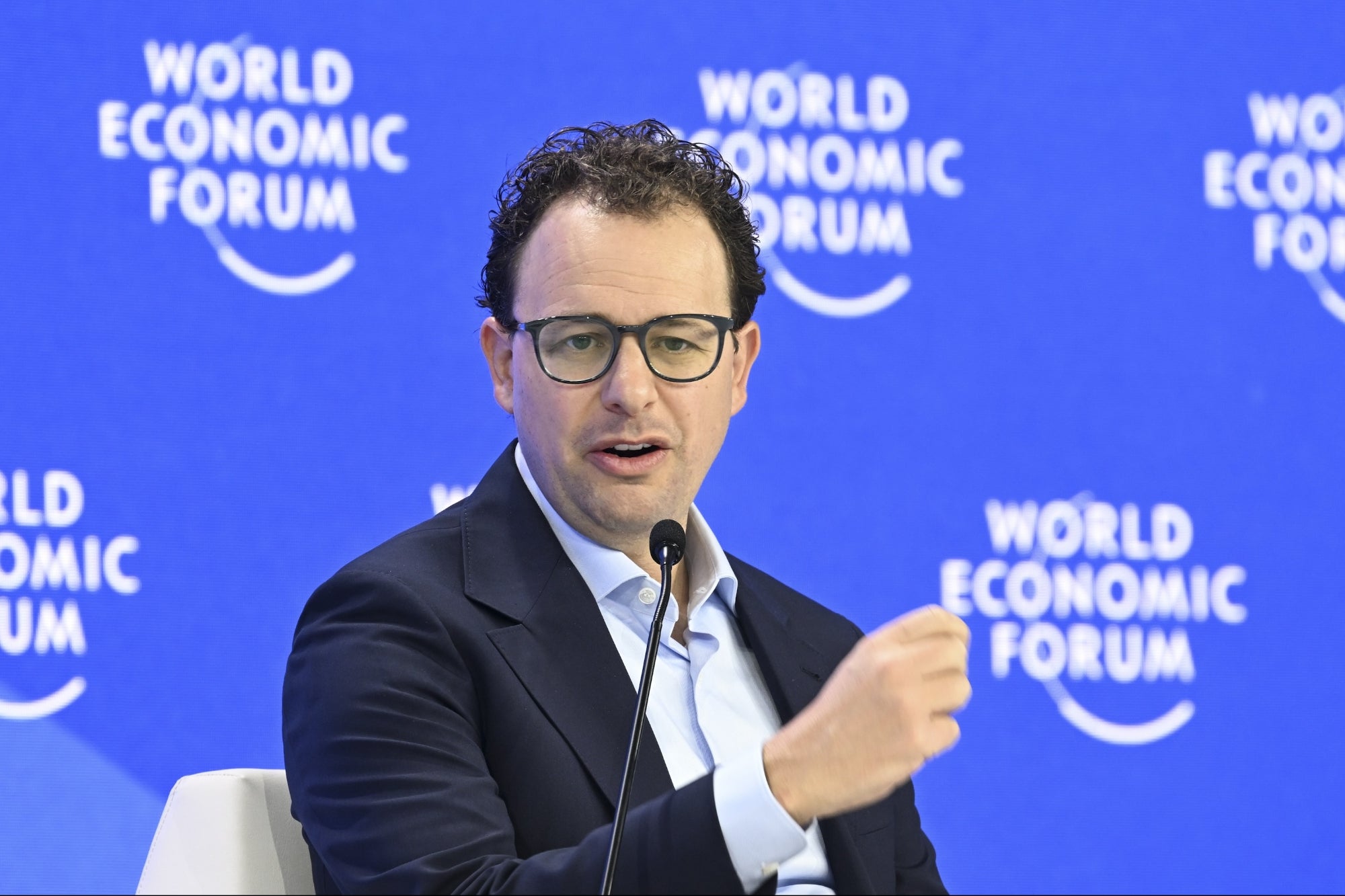Making Your Presentation Memorable Is Key to Making It Viral If the people hearing your presentation forget what you said, you've wasted your time.
By Tim Pollard Edited by Dan Bova
Opinions expressed by BIZ Experiences contributors are their own.

Going viral is not just for social media. If you're in business, you want the verbal message in your pitch or presentation to go viral, too.
Your goal in presenting is to drive action from your audience: to get a budget approved, a project sanctioned, a solution purchased. But, most decisions to act or buy are typically made days or even weeks after the presentation. Those attending will digest your argument, and 're-present' it later to the CEO or management committee.
As one head of sales I know recently said to her team: "Guys, you need to understand this -- our most important sales presentations happen when we aren't in the room."
What if the team handling re-presenting can't effectively or accurately recreate your argument? Data from McKinsey and others suggests that only about 15-20 percent of a typical presentation is remembered within a few hours, and only 2-3 percent within a month. That's a huge problem when you're facing a deferred decision.
Which is why we need to change the standard we're shooting for when we present. Instead of asking whether the delivery was energetic, whether the talk was memorable, or made an emotional impact, what we really need to ask is:
Will the story of my presentation be retold?
In other words, will it "go viral?"
It should. But, accomplishing this requires hitting the reset button on most of what we've been taught about effective communications, focusing not on crisp delivery, and confident body language but on alignment of the message with how the human brain is wired.
The brain is wired to consume information in certain ways, and it is only through deep alignment with the brain that true 'retellability' becomes possible.
Related: 7 Powerful Public Speaking Tips From One of the Most-Watched TED Talks Speakers
Presentations that spread like a virus are built on three fundamental pillars:
1. Focus on a few big ideas.
The brain does not operate at the level of facts and data, which it finds difficult to store and retrieve, especially in large quantities. Rather, the brain -- reductionist by nature -- consistently reduces the information it receives to its simplest and most concise form: ideas. Hence, the best communication 'feeds' the brain those very ideas that it craves.
If you want your message to spread, focus on a small number of big ideas.
Of course, facts and data are important, because they support and substantiate those ideas, so bring an appropriate level of fact and data. But, it's the ideas that matter.
Related: Why It's on You to Stop People From Interrupting You
2. Have a logical narrative flow.
The brain stores information contextually. When presented with new information the brain looks for context -- for something to attach that information to. If it can find it, the information can be stored. But, if no context is found, it can't be stored. We call acontextual information like this an "intellectual orphan," and it is immediately forgotten.
So once you've identified your big ideas, organize them into a logical sequential narrative. An argument that simply moves from point to point without that is destined to be forgotten within minutes.
Related: 14 Proven Ways to Improve Your Communication Skills
3. Elegant simplicity.
If you want your message to be re-told, it cannot be overly complex and impenetrable. Complex stories will not be retold. People cannot retell a story they don't understand and nobody will make someone else's argument if they aren't confident they can defend it under the cross-examination they anticipate in the meeting.
Do obsess over keeping your argument as simple as possible -- but don't dumb it down' or shoot for the 'lowest common denominator. Simplicity in presentation design is elegant, and it takes thought and care to craft a simple message. As Da Vinci put it "Simplicity is the ultimate sophistication."
Related: Do Us All a Favor and Stop Saying These Words Around the Office










